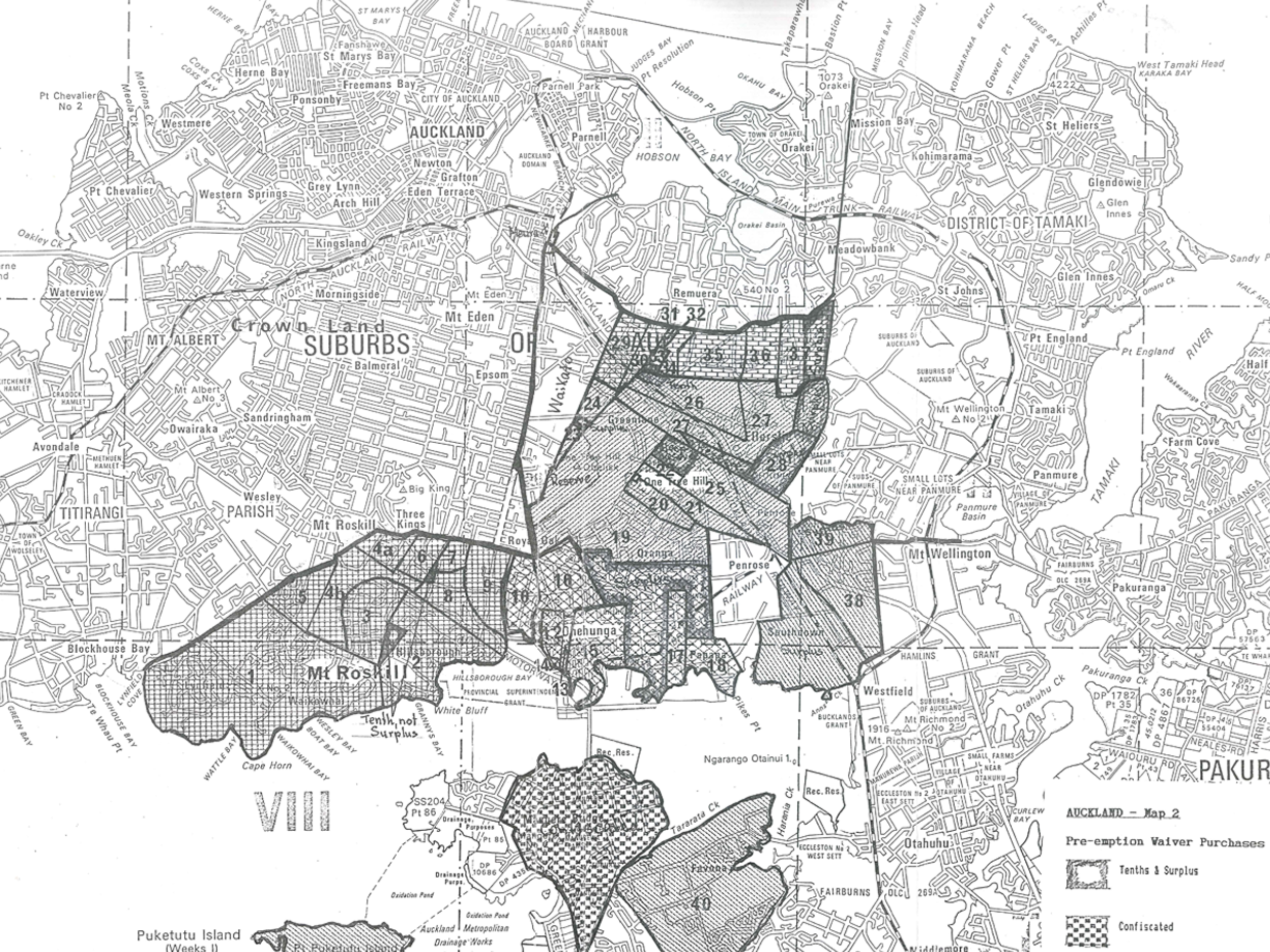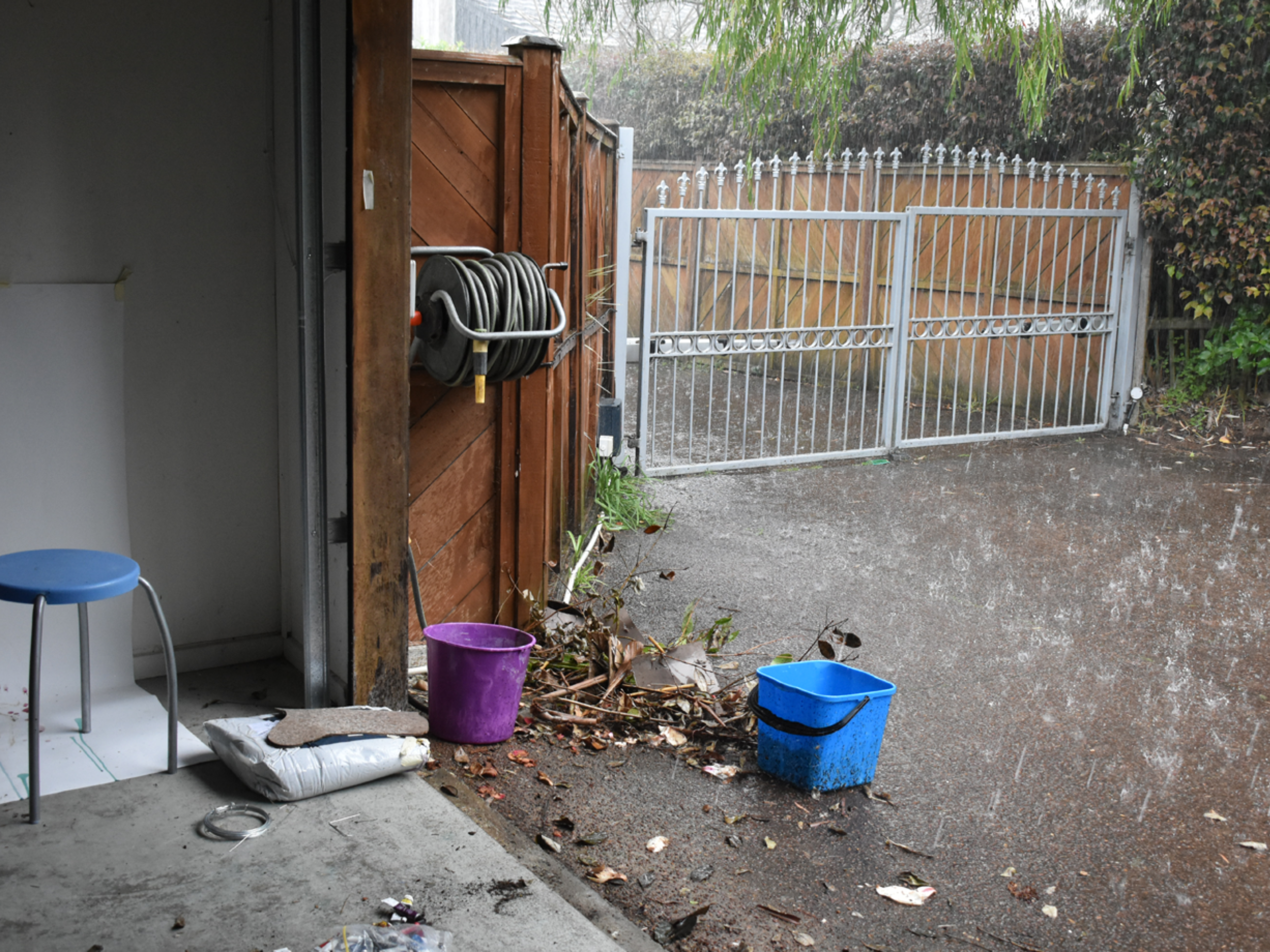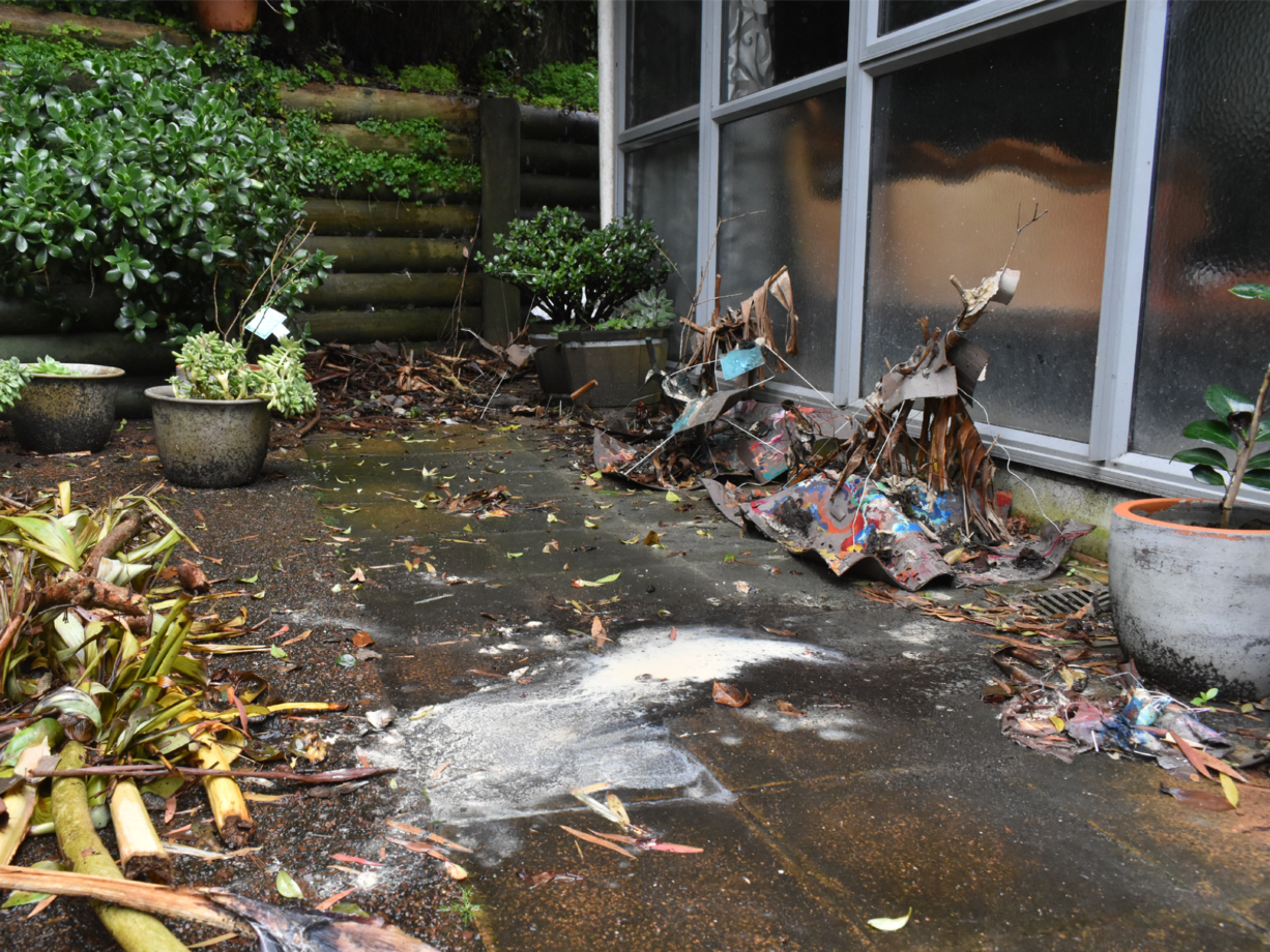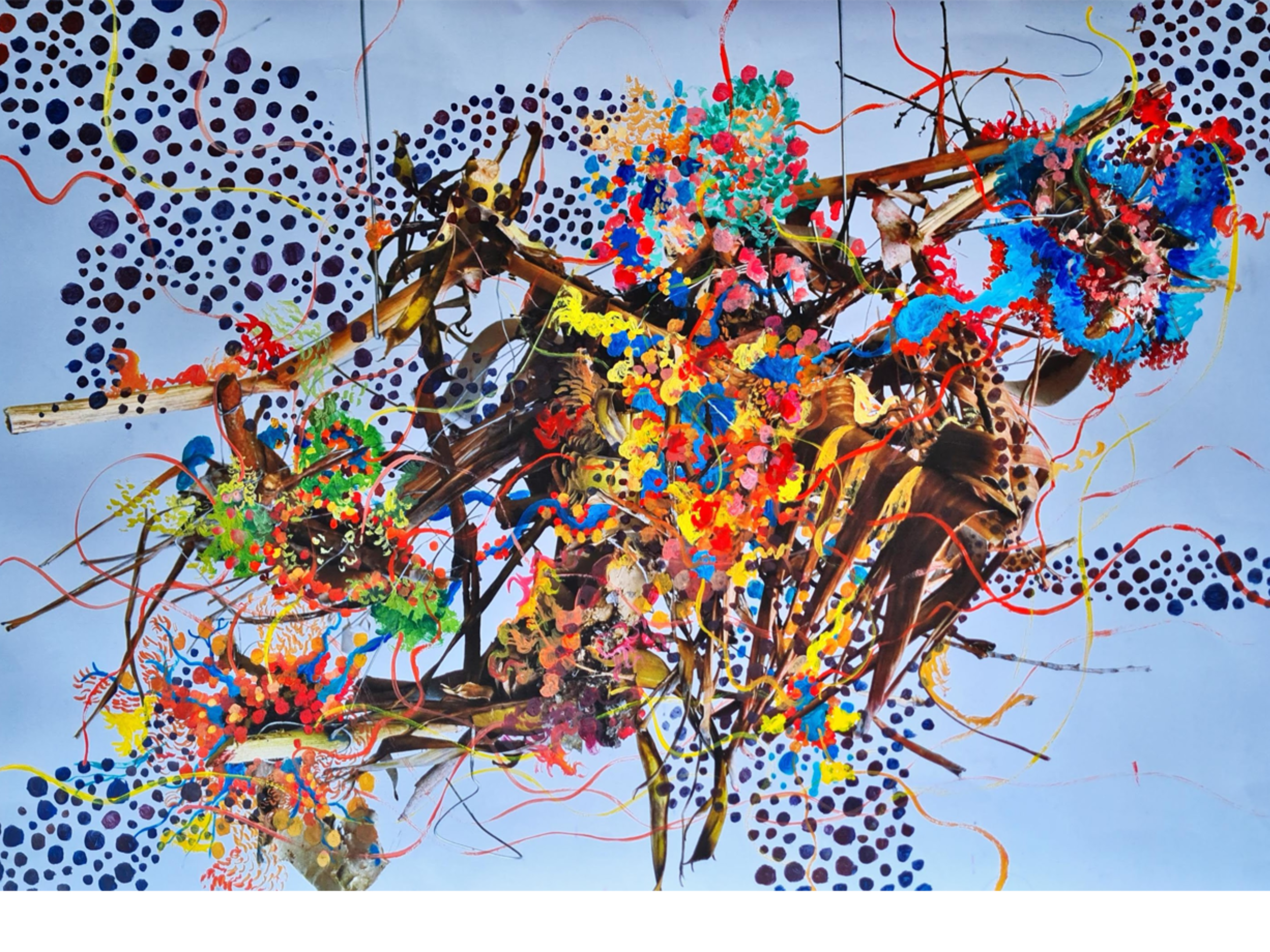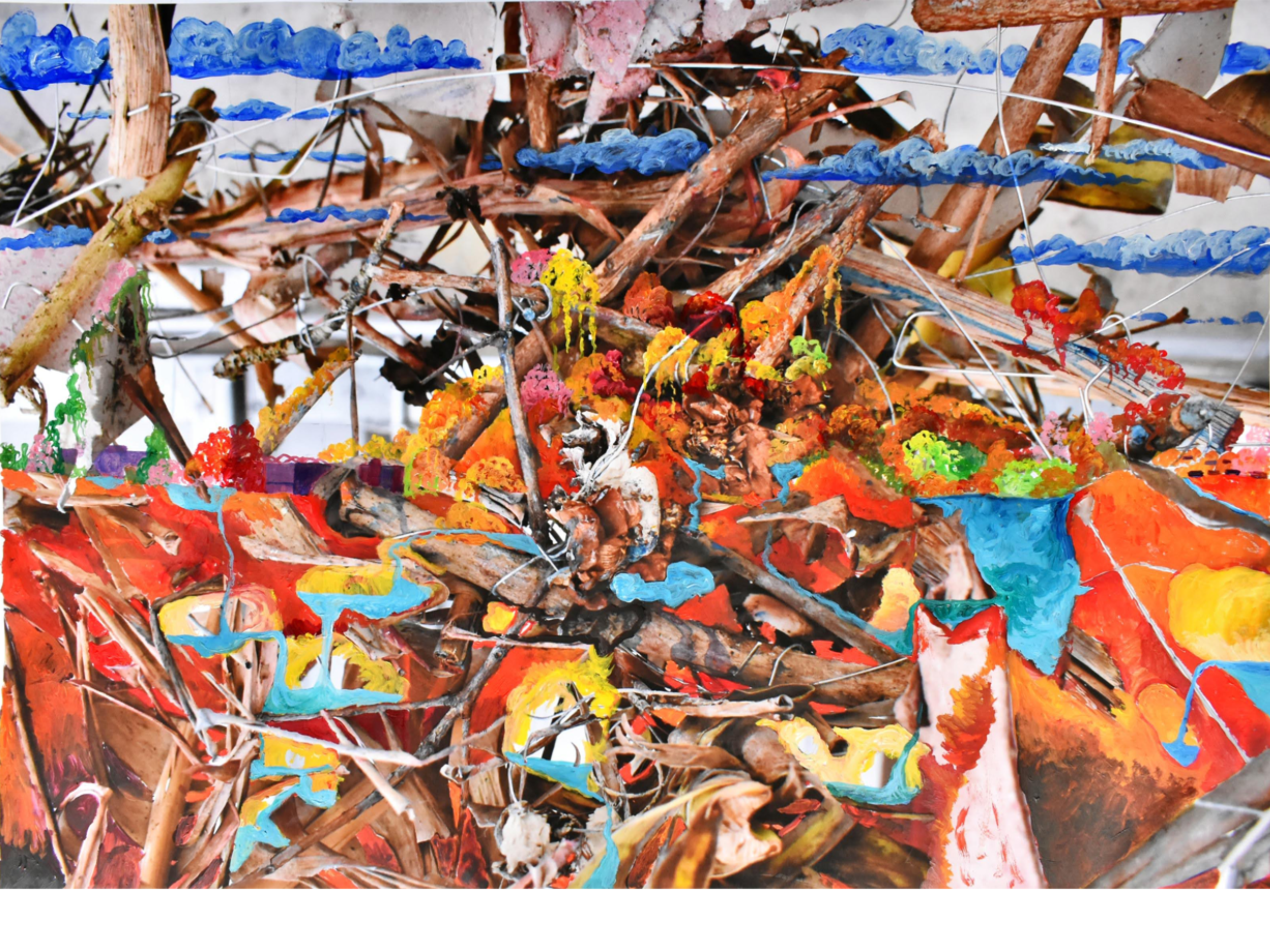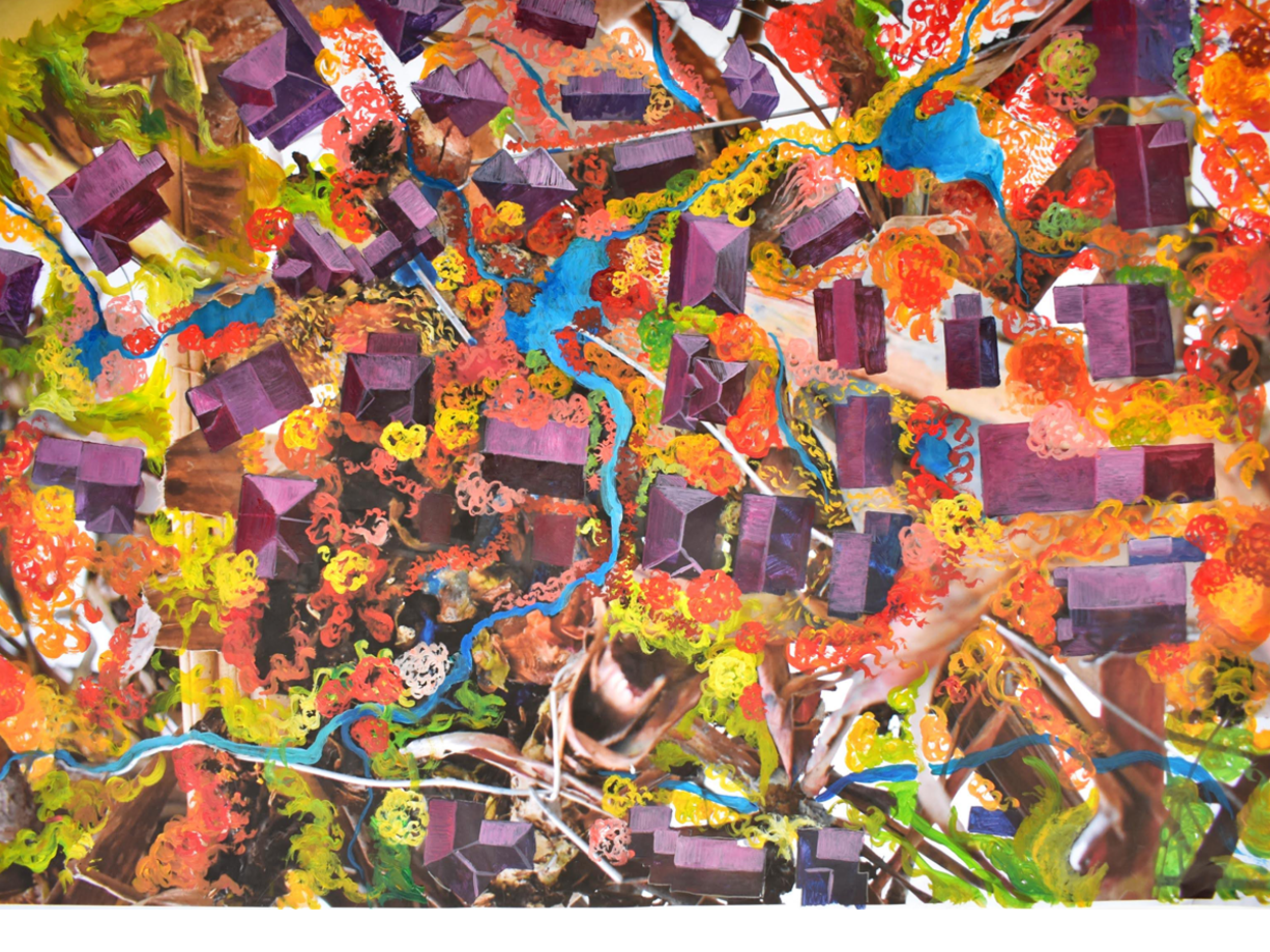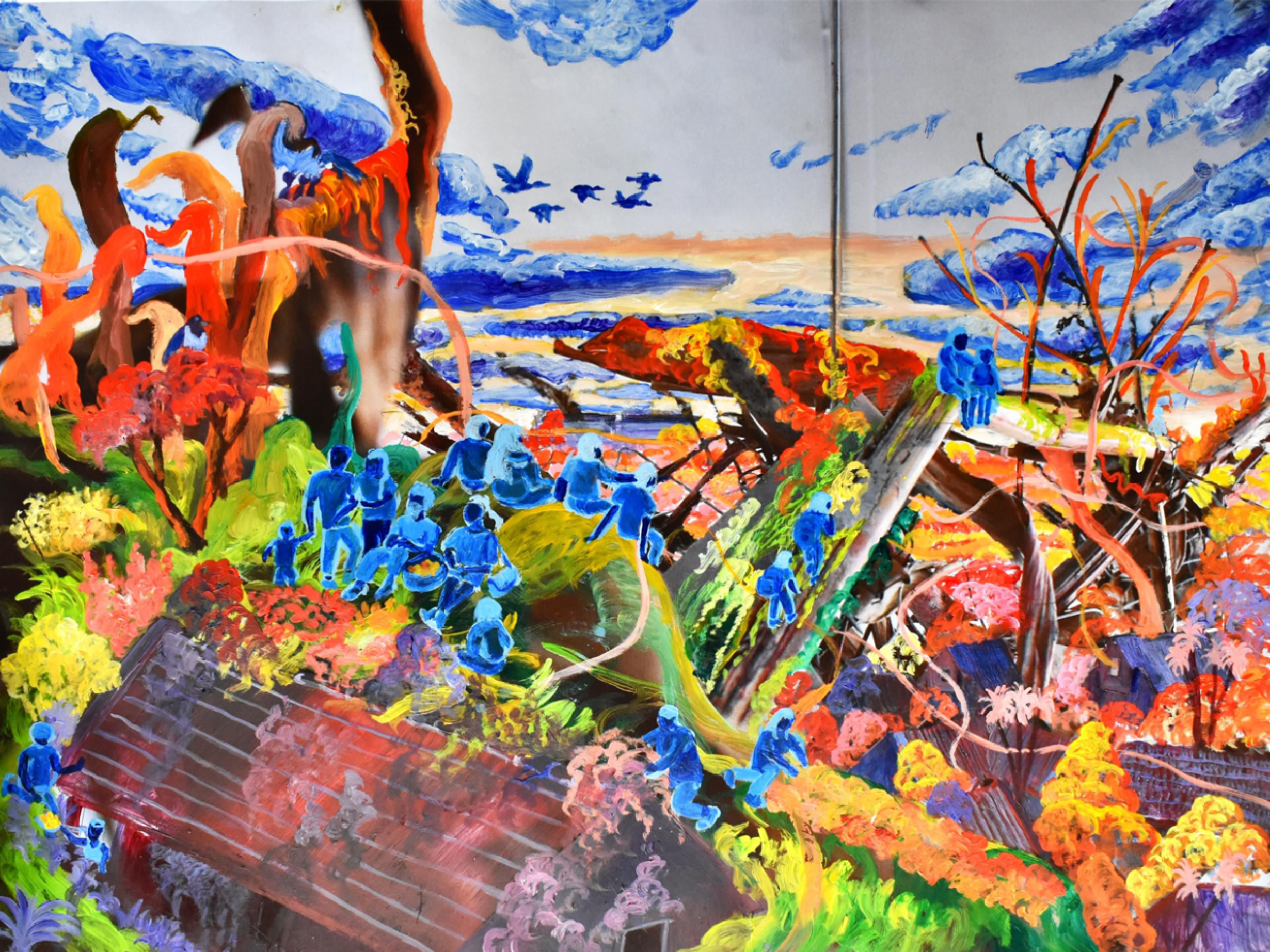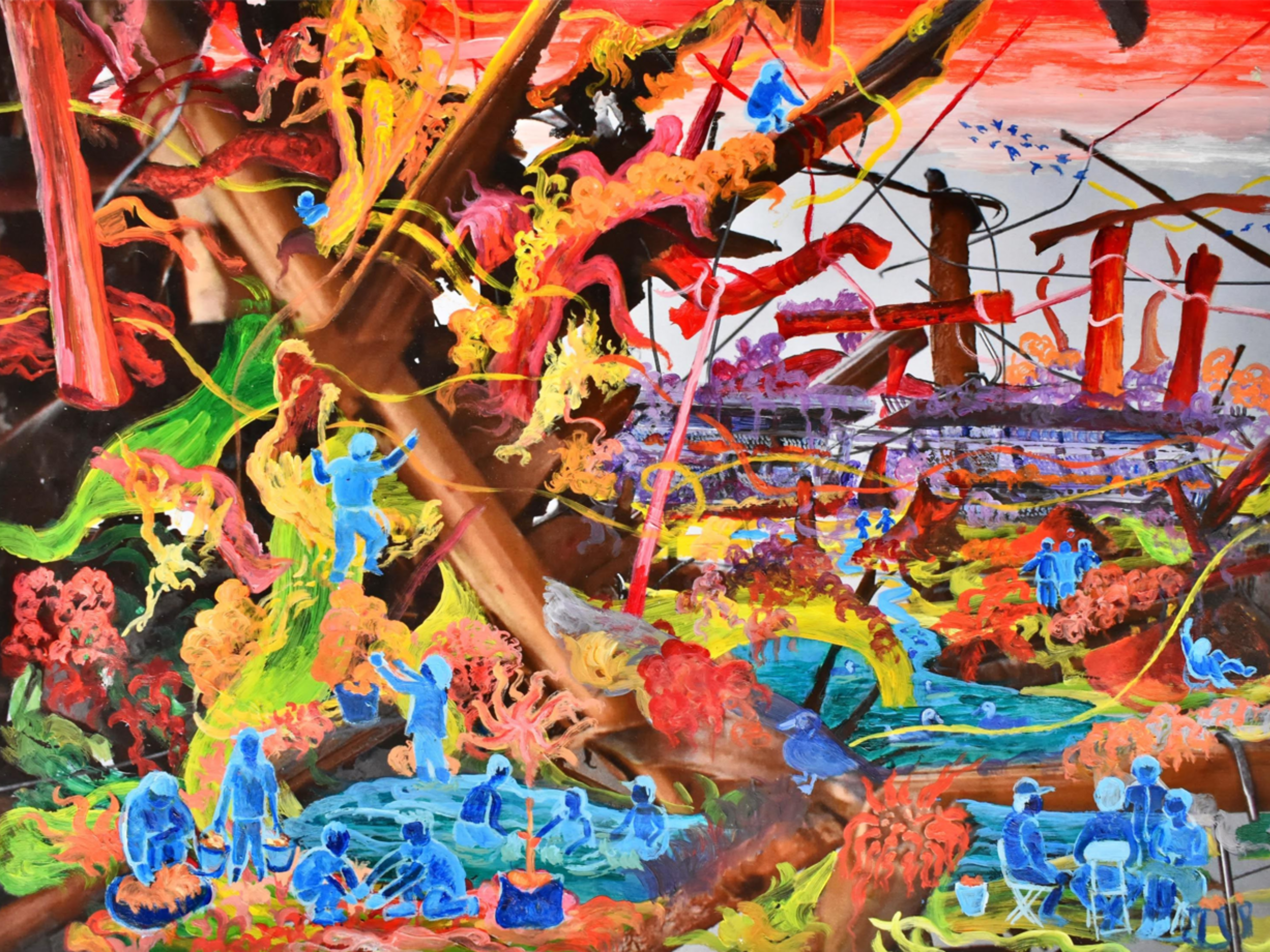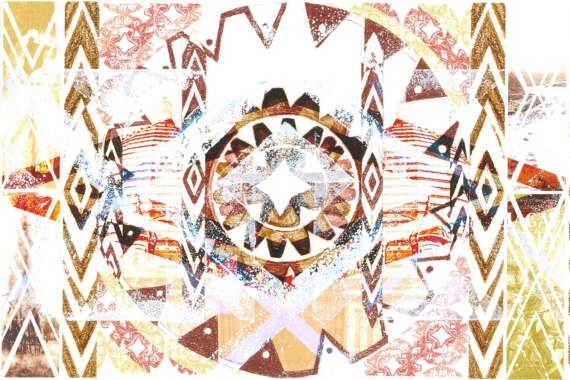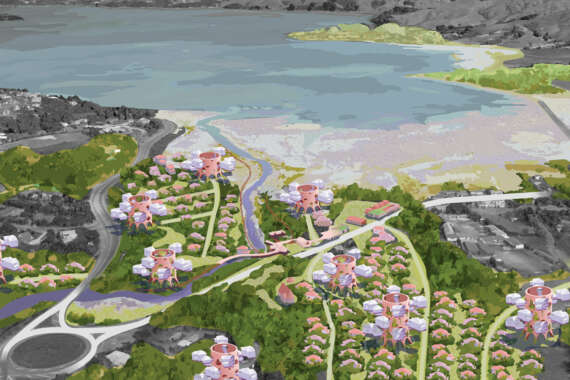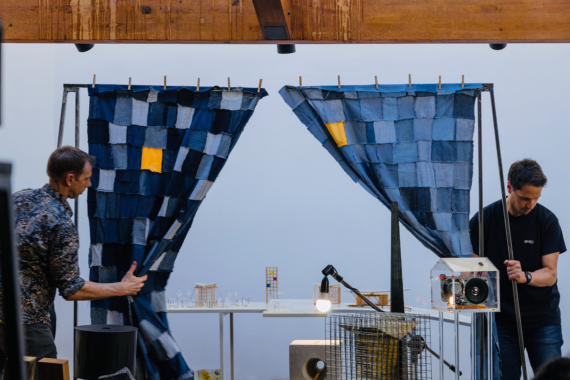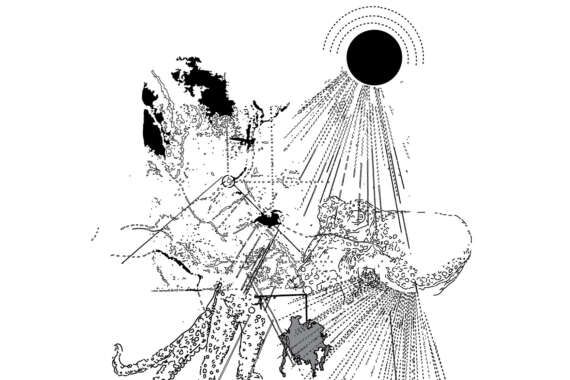A Pleasurable Methodology: Cultivating with Waiatarua
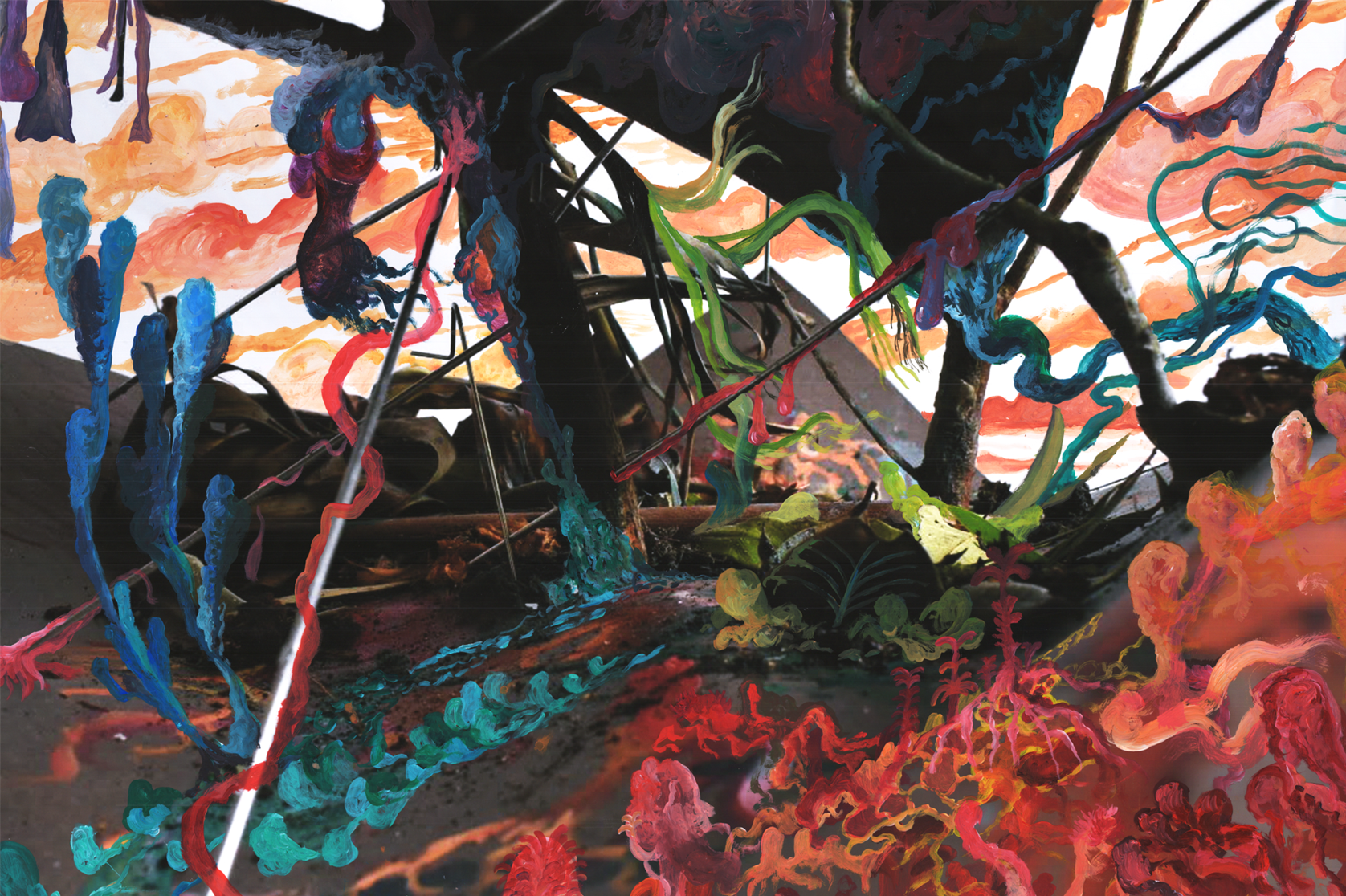
By 1960 the construction of the Ellerslie Racecourse Grandstand filled Waiatarua with concrete foundations. Waiatarua/Two Songs are ancient subterranean caves that emanated songs between pools of collected rainwater and were once a place of ecological diversity and socio-cultural importance to Māori. This thesis conceptualises that destructive incident as just one of many instances of an extensive colonial architectural methodology that inscribed destructive practices upon the land. Colonial methods have systematically dispossessed Māori of their land, utterly transfiguring whenua and disproportionately producing inequity for Māori in areas such as health and housing. Consequently, this thesis identifies the racecourse as a place of colonial pleasure, defined as recreational activities that occur at the expense of whenua’s erasure.
The thesis proposes a new Pleasurable Methodology as an alternative architectural practice that seeks to enact equality between people and ecology. This methodology draws upon established methodologies from Decolonial, counter forensic and black studies. Pleasure within this methodology is reconstituted as a joyous activity and embodied feeling, a knowledge source that can rejuvenate contemporary geographies through an engaged intimacy with Tāmaki Makaurau’s whenua and whakapapa. By reconceptualising productions of knowledge to pleasure and whenua, this methodology generates alternative spatial conditions that engender equity through three methods: Listening, Cultivating and Re-programming. These pleasurable methods collaboratively generate living drawings through the assemblages of Waiatarua’s plant litter, with conventional architectural materials such as wire and paper. The resultant architecture is both of and for an alternative Waiatarua, dismantling colonial spatial hierarchies and revitalising the well-being of ecologies and communities that whakapapa to the caves. An enduring harmonious social and cultural bond is formed by the revitalisation, reconnecting Waiatarua to relational fields of maunga and moana that incentivise the collective labour of living with whenua.







